The ceramic and tile industry holds a significant position as one of the major and key industries in the global economy. This industry plays a vital role in construction, interior and exterior decoration, and the production of high-quality decorative objects. Raw materials for this industry are derived from sedimentary clay called kaolin, feldspar, and mineral stones, which, through various processing methods, result in diverse products such as tiles, ceramics, glazes, and pottery.
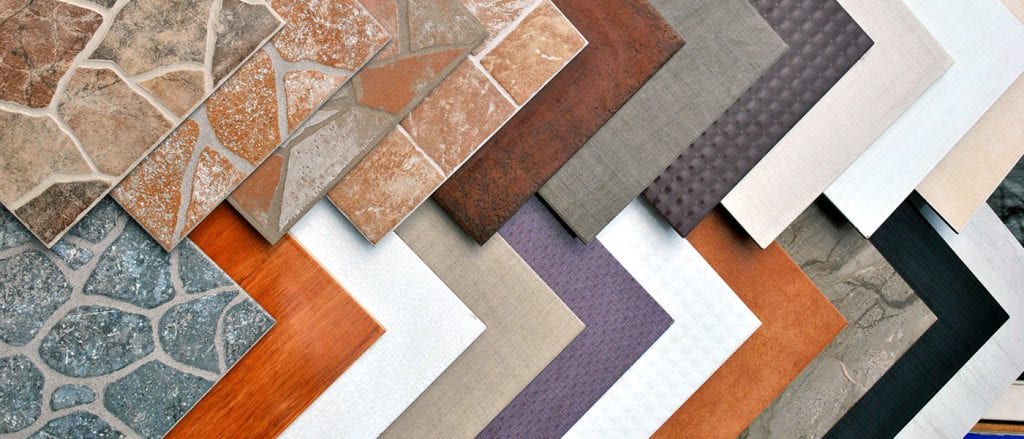
Prominent features of this industry include the resilience, beauty, and flexibility of its products. The ceramic and tile industry extensively contributes to residential, commercial, and industrial constructions. Furthermore, the use of these products in artistic, decorative, and ornamental industries garners significant attention.
Technological development and innovation in production processes, design, and coloring empower this industry to produce products with high standards and modern designs. Moreover, the export of ceramic and tile products to global markets plays a crucial role in maintaining the balance of global trade and is recognized as one of the most important export industries in various countries.
This industry is acknowledged as a fundamental component in the construction of sustainable and dynamic structures. With the increasing global demand for housing and infrastructure, its importance has significantly risen. In other words, the ceramic and tile industry plays a substantial role in the economic growth and development on a global scale.
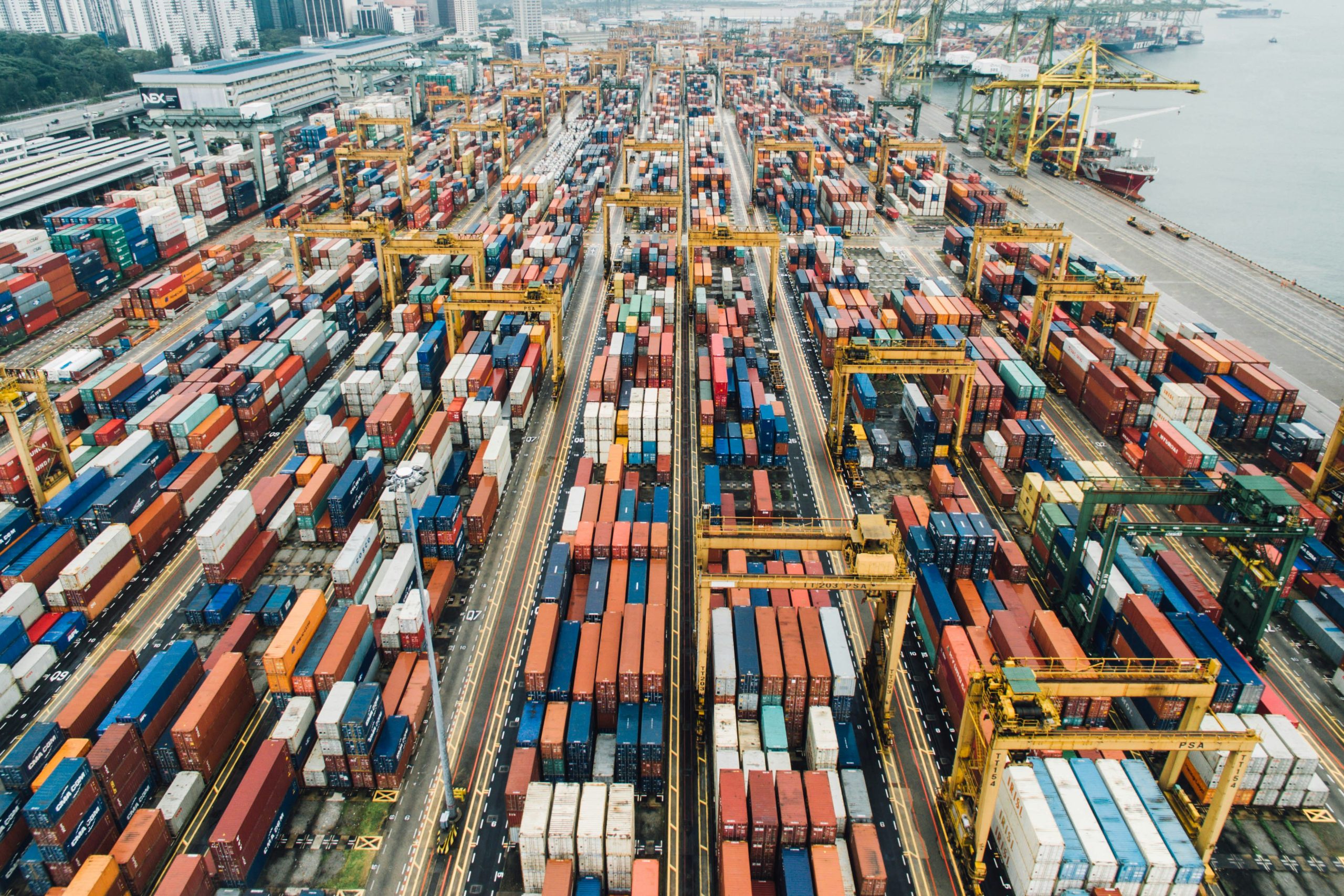
Technological advancements have played a pivotal role in the transformation of the ceramic and tile industry, leading to improved production processes, enhanced product quality, cost reduction, and the introduction of new features in design and product usage. Below, we highlight some technological advances and their roles in the evolution of the ceramic and tile industry.
Advanced Production Technology
Since the advent of advanced production technology, automation and self-processes in the production of ceramics and tiles have increased. These technologies contribute to increased productivity and reduced errors in the production process.
Digital Design Methods
The use of digital methods and modern software in product design has provided new capabilities in the design of ceramics and tiles. These capabilities include complex 3D designs, customized models, and greater diversity in patterns.
Image Processing and Pattern Recognition Systems:
The use of image processing and pattern recognition systems in quality control has improved. These systems can automatically identify defects and surface irregularities in products.
Utilization of Nanotechnology
Nanotechnology, especially in glazes and surface coatings, is employed in ceramic and tile production. This technology enhances mechanical properties, corrosion resistance, and the glossiness of products.
۳D Printing
۳D printing is utilized as a novel technology in the ceramic and tile industry. This method allows for the production of three-dimensional components with intricate geometry and unique designs.
Renewable Energy Utilization
In an environmental conservation effort, some ceramic and tile production units use renewable energy sources such as solar and wind for their production processes.
Development of New Generation Materials
Research in the field of new-generation materials with features like high lightweight, pressure and heat resistance, and resistance to chemical substances has contributed to improving product characteristics.
Internet of Things (IoT) Integration
The Internet of Things enhances various manufacturing industries, and in the ceramic and tile industry, it can optimize processes and help predict production needs. These technological advancements enable the ceramic and tile industry to address everyday challenges and stay up-to-date with market needs and new technologies.
Reasons and Barriers for Ceramic Tile Imports
There are various obstacles and reasons that can impact ceramic and tile imports. Below are some of the main reasons and obstacles:
Tariffs and Customs
Increases in tariffs and customs restrictions can increase import costs and reduce the import of ceramic and tile products.
Regulations and Standards
Technical regulations and local standards may decrease the compliance of foreign products with national standards, resulting in difficulties in imports.
Health and Environmental Constraints
Sterility and safety of products are raised as significant issues in the tile and ceramic industry. Health and environmental regulations can become obstacles to imports.
Type and Quality of Products
The type and quality of imported products are of paramount importance. Non-compliance with market expectations or low quality may divert the market to other parties.
Currency Exchange Rate Fluctuations
Fluctuations in currency exchange rates can impact the cost of imports and, consequently, influence decisions regarding the import of tile and ceramic products.
Domestic Market Demand
If the demand for tile and ceramic products in the domestic market increases, domestic production may rise, reducing the need for imports.
Transportation Challenges
Transportation issues can lead to increased import costs and, as a result, reduce the attractiveness of importing tile and ceramic products.
International Sanctions and Restrictions
The existence of international sanctions and restrictions can create difficulties in international trade and the import of products.
Competition with Domestic Productions
The ability of domestic production to operate independently can act as a barrier to the import of tile and ceramic products.
Banking and Credit Barriers
Banking and credit issues can impact international trade and increase credit costs. In light of these constraints, entrepreneurs and traders must choose appropriate strategies to address these challenges. Effective solutions may include using market information, predicting economic and political changes, and adapting quickly to changes in international conditions.
Considering the time when I had internet access (up to December 2022), statistical information on tile and ceramic imports for various years and countries is not available. It should also be noted that statistical information may be updated, and changes in them may occur based on the policies and economies of countries. For the most up-to-date and accurate information, official sources of each country or relevant trade and industry organizations should be consulted.
Here are a few examples of statistics and information related to the import levels of tile and ceramic in some countries in recent years (Note: This information may be outdated and not up-to-date):

Iran
According to the statistics of the Iranian Customs Organization, in the year 2020, the import of tile and ceramic to Iran was approximately $111 million and $4.2 million, respectively.
India
Statistics from the Ministry of Commerce and Industry of India indicate that ceramic and tile imports in 2020 were approximately $450 million.
China
As one of the world’s largest producers of ceramics and tiles, China continues to increase its exports. In 2020, imports in this industry were reported to be around $2 billion.
Turkey
According to the statistics of the Turkish Statistical Institute, in 2020, ceramic and tile imports to this country were valued at about $350 million.
European Union
Ceramic and tile imports to all European Union member countries have significantly increased in recent years. The exact import quantities may vary depending on each member country.
Please note that this information may have changed and could be based on various statistical sources. For accurate and up-to-date information on ceramic and tile imports, it is advisable to refer to official sources and organizations related to each country.
In-depth Examination of Ceramic and Tile Exports
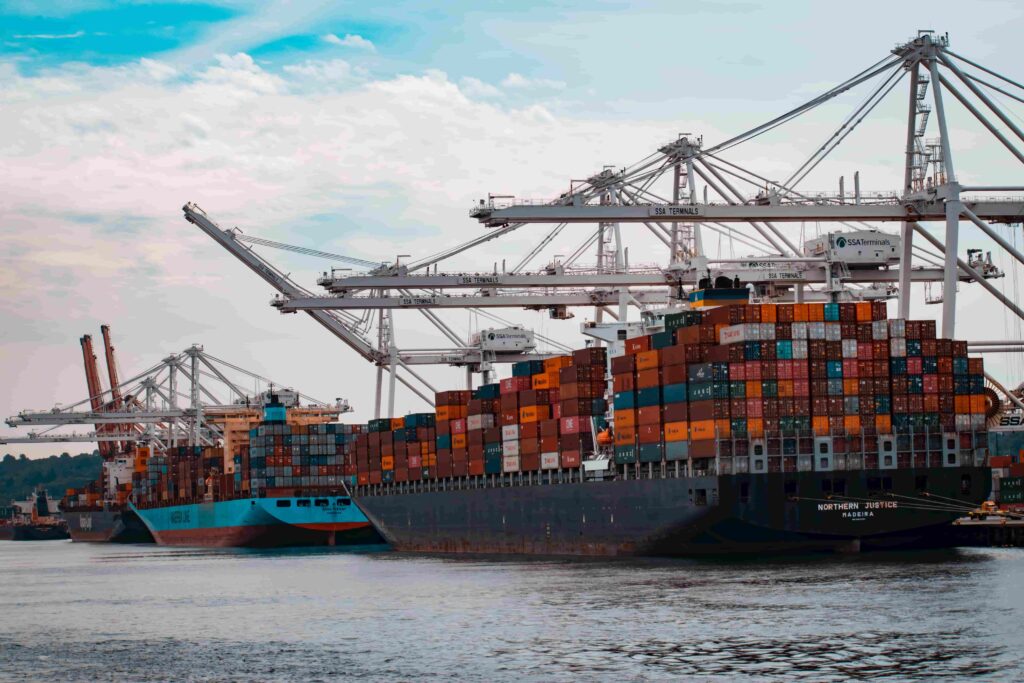
As of December 2022, the export volume of ceramics and tiles to global markets is of considerable importance. This industry actively participates in global trade, supplying its products to various markets as construction materials, decorative items, and kitchen and bathroom accessories. Some points related to ceramic and tile exports to global markets include:
Exports from major producing countries
Countries such as China, Spain, Italy, Turkey, and Iran are among the largest producers of ceramics and tiles. They act as primary exporters, supplying their products to global markets.
Exports to active construction markets
The ceramic and tile industry typically experiences high demand and exports in active construction markets, especially in Asia and Europe. These regions include China, India, Italy, Turkey, and Gulf countries.
Effects of local factors
Local factors such as climate conditions, local standards, and domestic market demand can influence the level of ceramic and tile exports.
Economic and currency effects
Currency exchange rates and economic conditions in producing countries and destination markets can significantly impact the volume of exports.
Technological advancements
The use of advanced technologies in the production, design, and quality control processes of products can enhance the attractiveness of exports.
Impact of trade agreements
International trade agreements and trade negotiations can contribute to expanding ceramic and tile exports to various markets.
Climate Effects
Regions with specific climates may have their own needs and preferences in the realm of construction materials. For example, tiles with waterproof characteristics may be more popular in markets with humid climates.
Emerging Market Growth
Emerging markets in regions such as Africa and Latin America may become attractive markets for exports due to rapid construction growth and increased demand for building materials.
Identifying Factors Influencing Ceramic Export Growth
The growth of ceramic and tile exports as a major industry is related to a wide range of economic, technological, political, and cultural factors. Below, we identify factors influencing the growth of ceramic and tile exports:
Global Demand
Export growth is directly linked to global demand for ceramic and tile products. Factors such as construction development, interior and exterior decorations, and increased use of quality building materials can boost demand.
Quality and Innovation
Development and improvement in product quality and innovation in design and production technology can act as effective factors in attracting new markets and increasing exports.
Currency Effects
Currency exchange rates and their fluctuations can have a direct impact on export costs and the competitiveness of the ceramic and tile industry.
Trade Policies
Countries’ trade policies can significantly influence the trend of exports. Trade facilitations, tariffs, and trade agreements can serve as facilitating ways for export growth.
Target Market Conditions
Understanding the needs and preferences of target markets can help determine export and marketing strategies for market-oriented products.
International Standards and Regulations
Compliance with international standards and regulations can enhance the credibility of exports and facilitate entry into global markets.
Climate Effects
Climate conditions and weather can directly influence the type of products and productions in a region.
Investment in Research and Development
Investing in research and development to create new technologies and improve production processes can contribute to increased efficiency and competitiveness.
Utilizing Marketing and Advertising
Using marketing and advertising strategies to increase brand awareness and promote products to global markets.
Education and Skills of Workers
Having a skilled workforce with appropriate training can contribute to improving the quality and effectiveness of exports. These factors collectively impact the growth of ceramic and tile exports, and business strategies should be designed considering these influences.
A summary of the most important findings and recommendations for the future of the ceramic and tile industry includes the following:

Utilizing Advanced Technologies
Advances in technology such as artificial intelligence, the Internet of Things (IoT), and other technologies can improve production processes, innovative product design, and enhance efficiency in the ceramic and tile industry.
Sustainable Resource Management
Using environmentally friendly materials, optimizing production processes, and reducing waste can contribute to enhancing sustainability in the ceramic and tile industry.
Developing Innovative Products
Designing and producing innovative products with unique features and uses can help attract global market demand and increase competitiveness.
Research and Development
Investing in research and development to improve production processes, reduce costs, and enhance product quality continuously can contribute to the dynamism of the industry.
Measures to Manage Currency Fluctuations
Establishing strategies to manage currency fluctuations to maintain balance in costs and pricing of products in global markets.
Transformations in Marketing and Sales
Leveraging advancements in online sales and using innovative marketing methods to increase access to international markets and attract new customers.
Compliance with Environmental Standards and Regulations
Adhering to environmental standards and regulations to ensure product quality and environmental protection.
International Collaboration
Developing international collaborations with countries and companies to leverage experiences, exchange technology, and expand export markets.
Responding to Market Changes
Understanding and predicting changes in market preferences and needs and being flexible in planning and production.
Research and Development in Novel Materials
Research in novel and resilient materials to increase the quality and lifespan of products.
Utilizing Advanced Production Methods
Updating and optimizing production processes using advanced technologies and automation.
Focus on Supply Chain Balance
Optimizing supply chain management with the goal of reducing costs and improving the quality and speed of production.
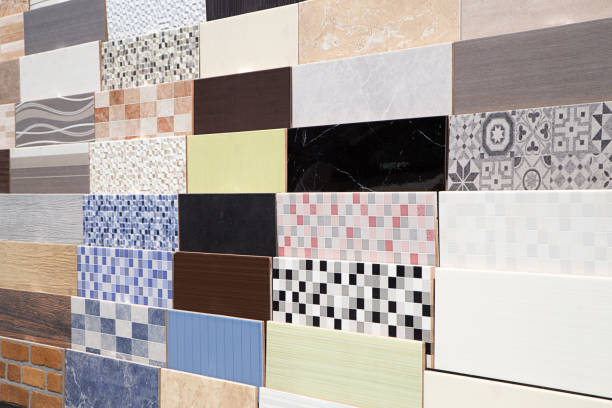
These recommendations have been proposed to enhance the capabilities and competitiveness of the ceramic and tile industry in global markets. Continuous developments in this field are dependent on a multitude of economic, technological, and environmental factors.
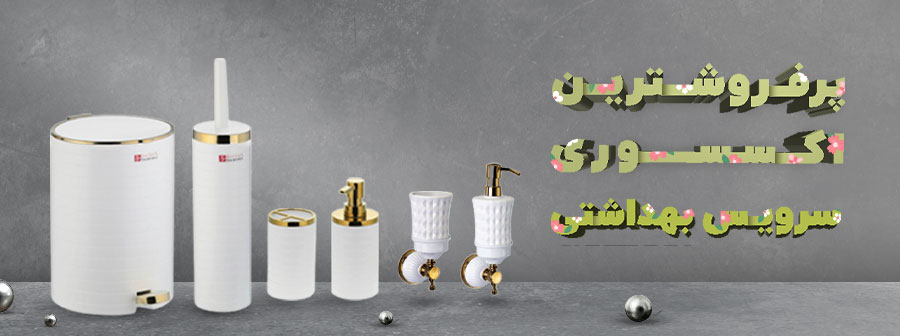
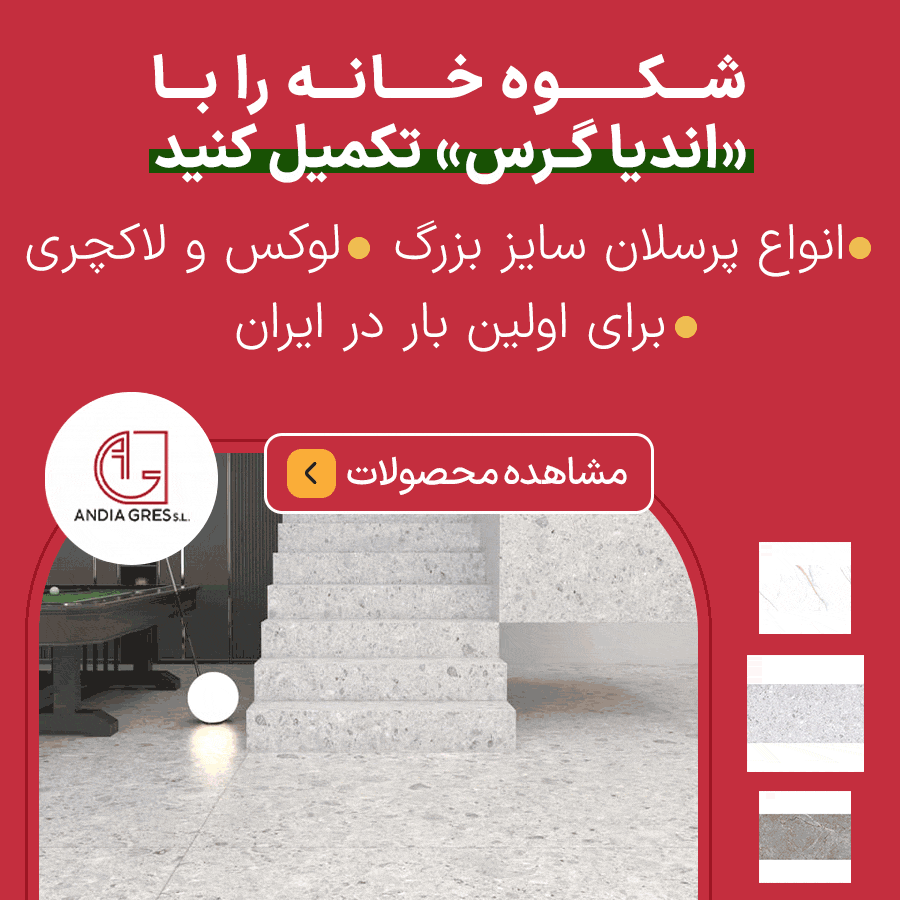
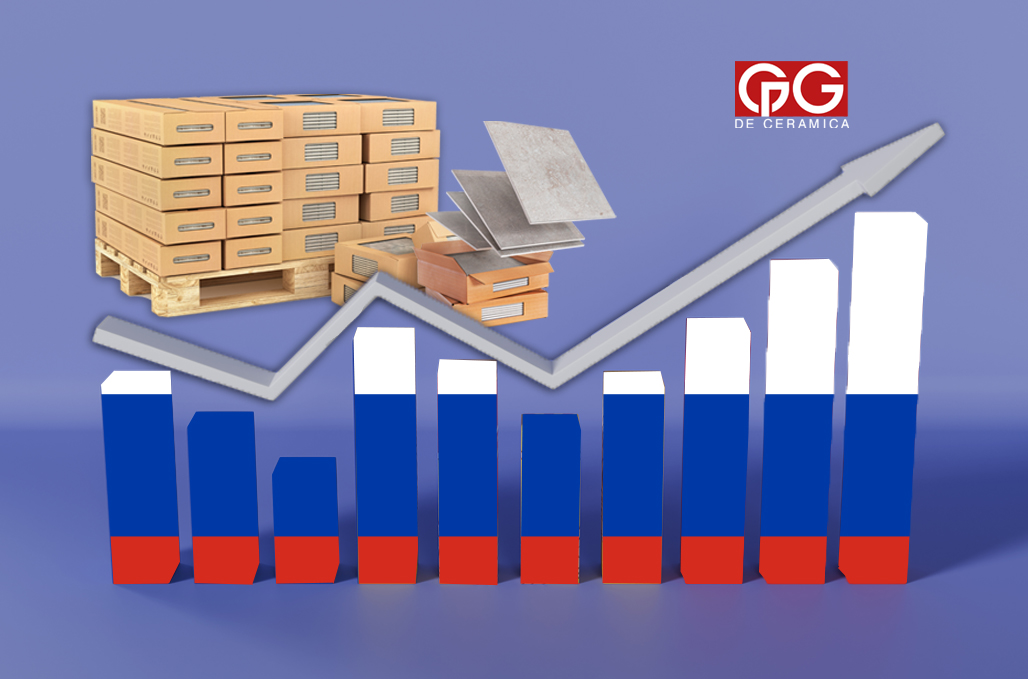

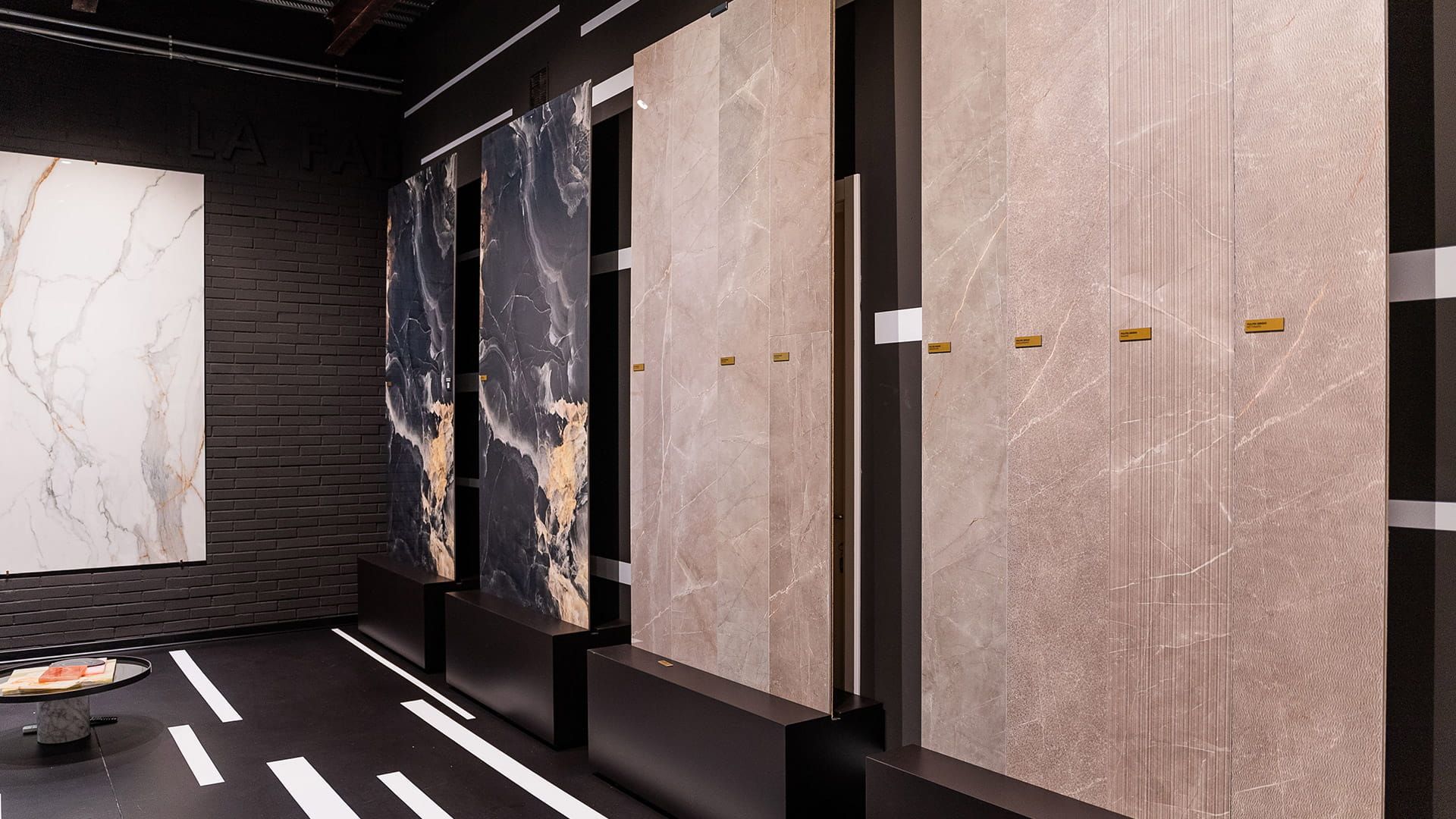


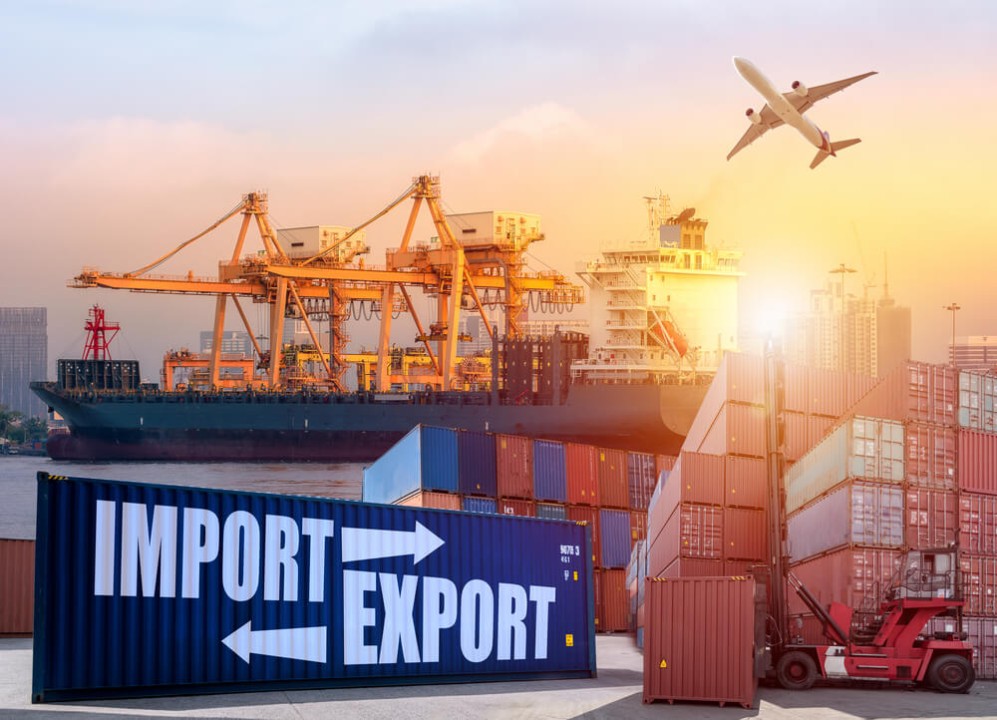

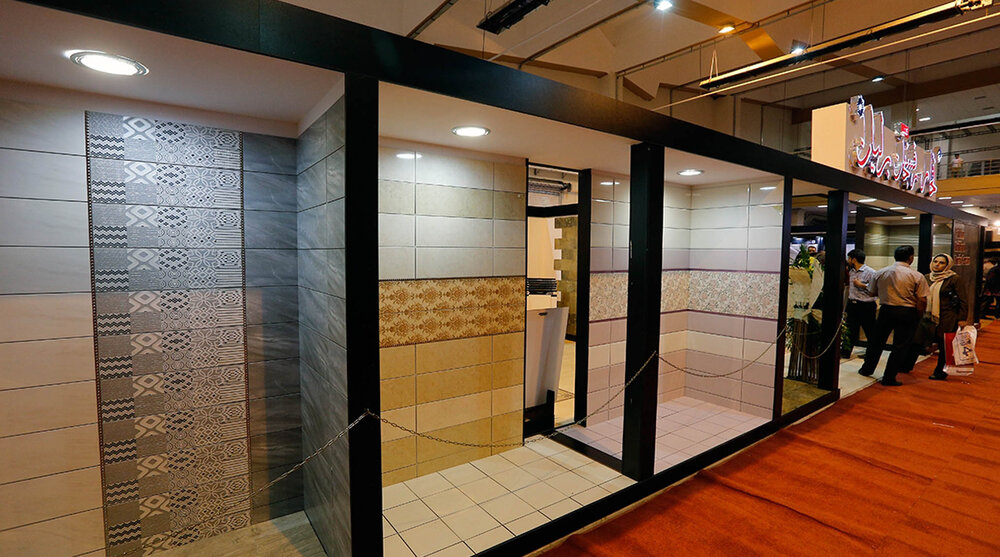





نظرات ۰